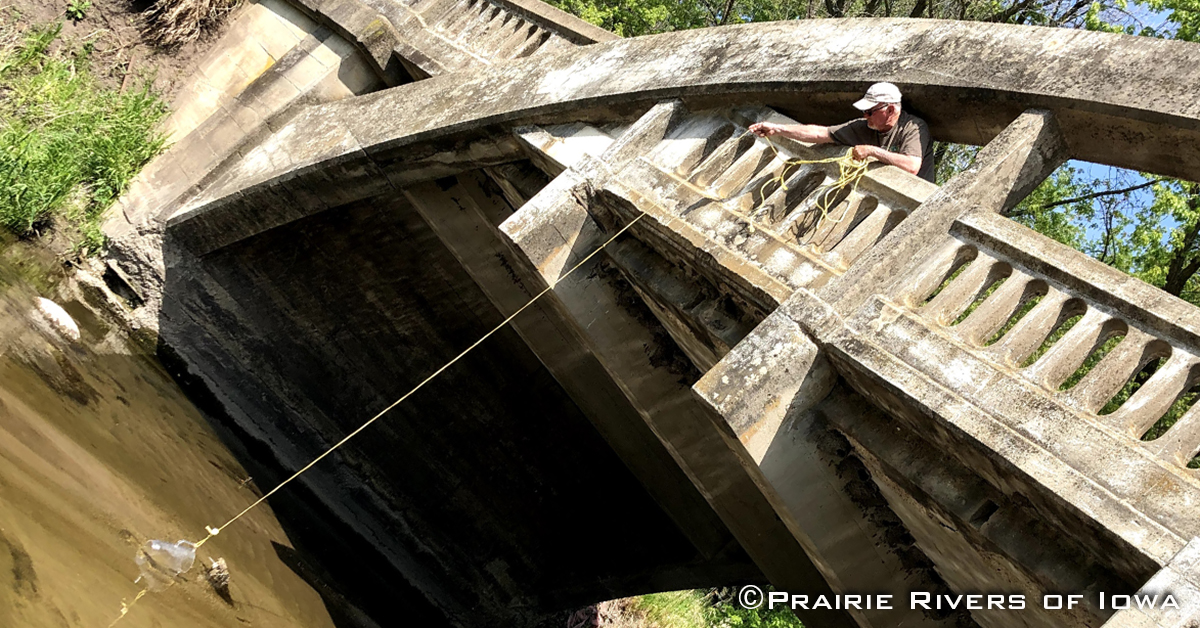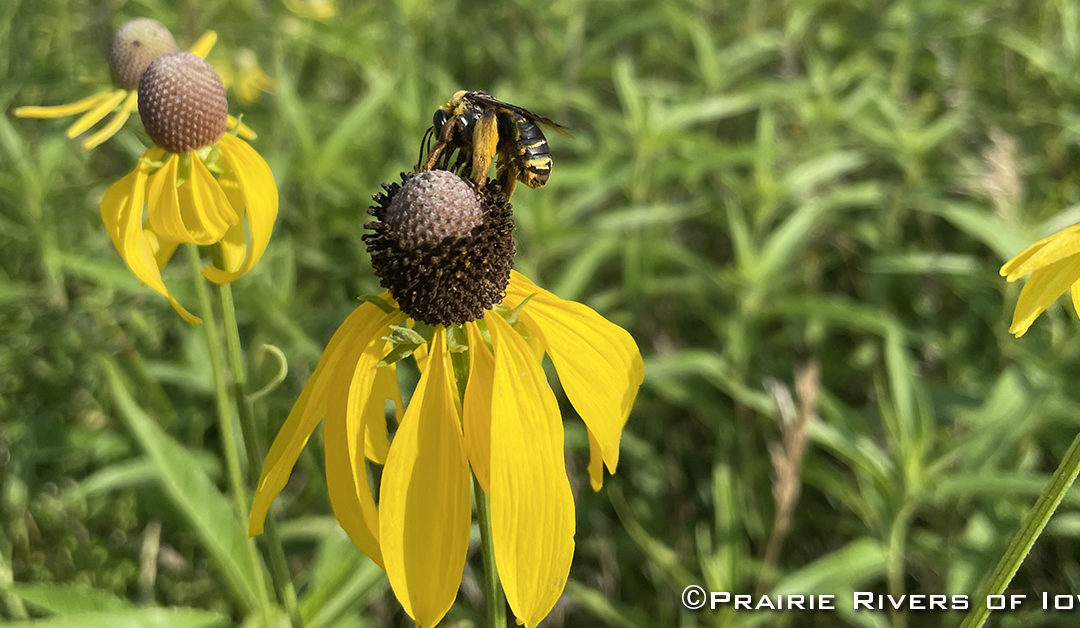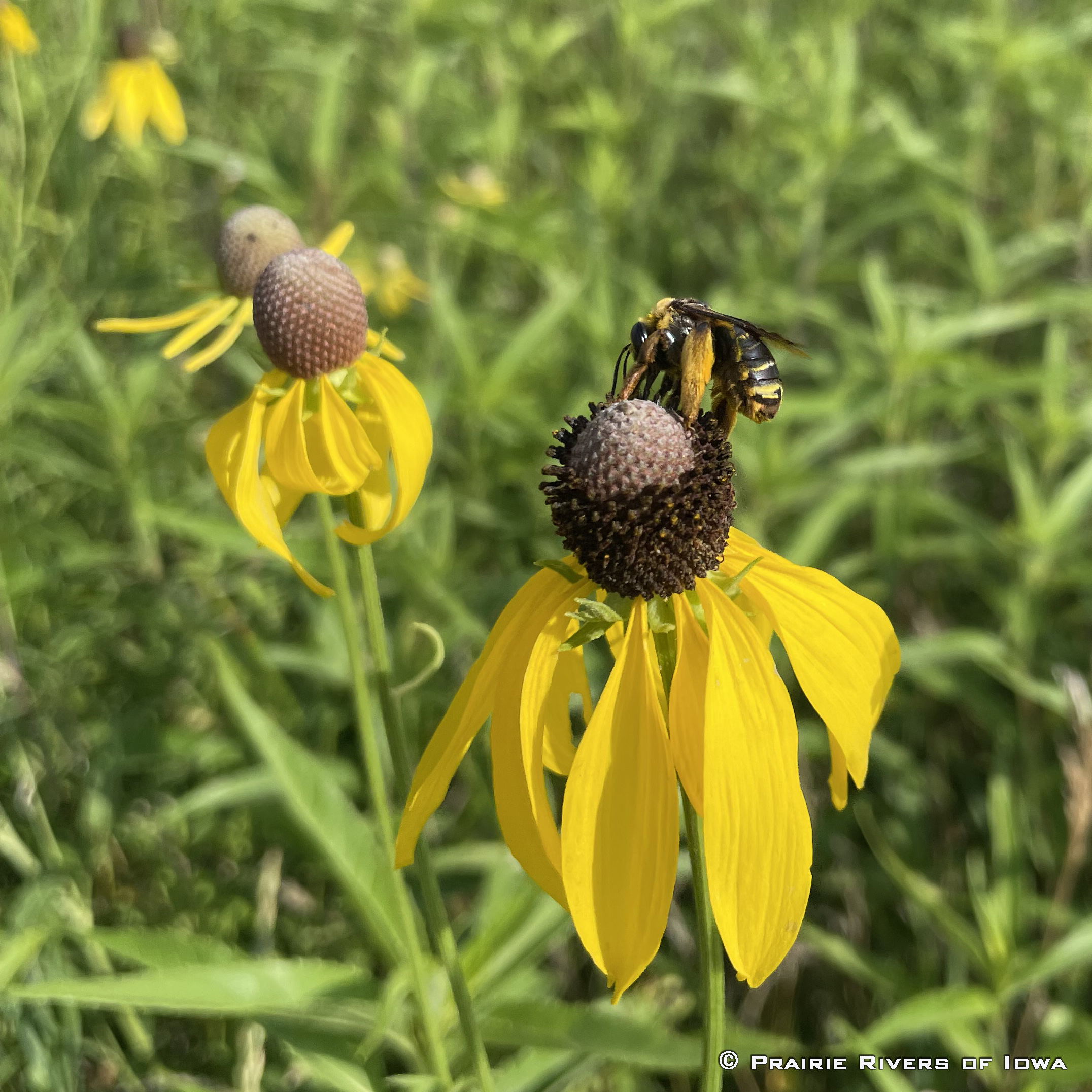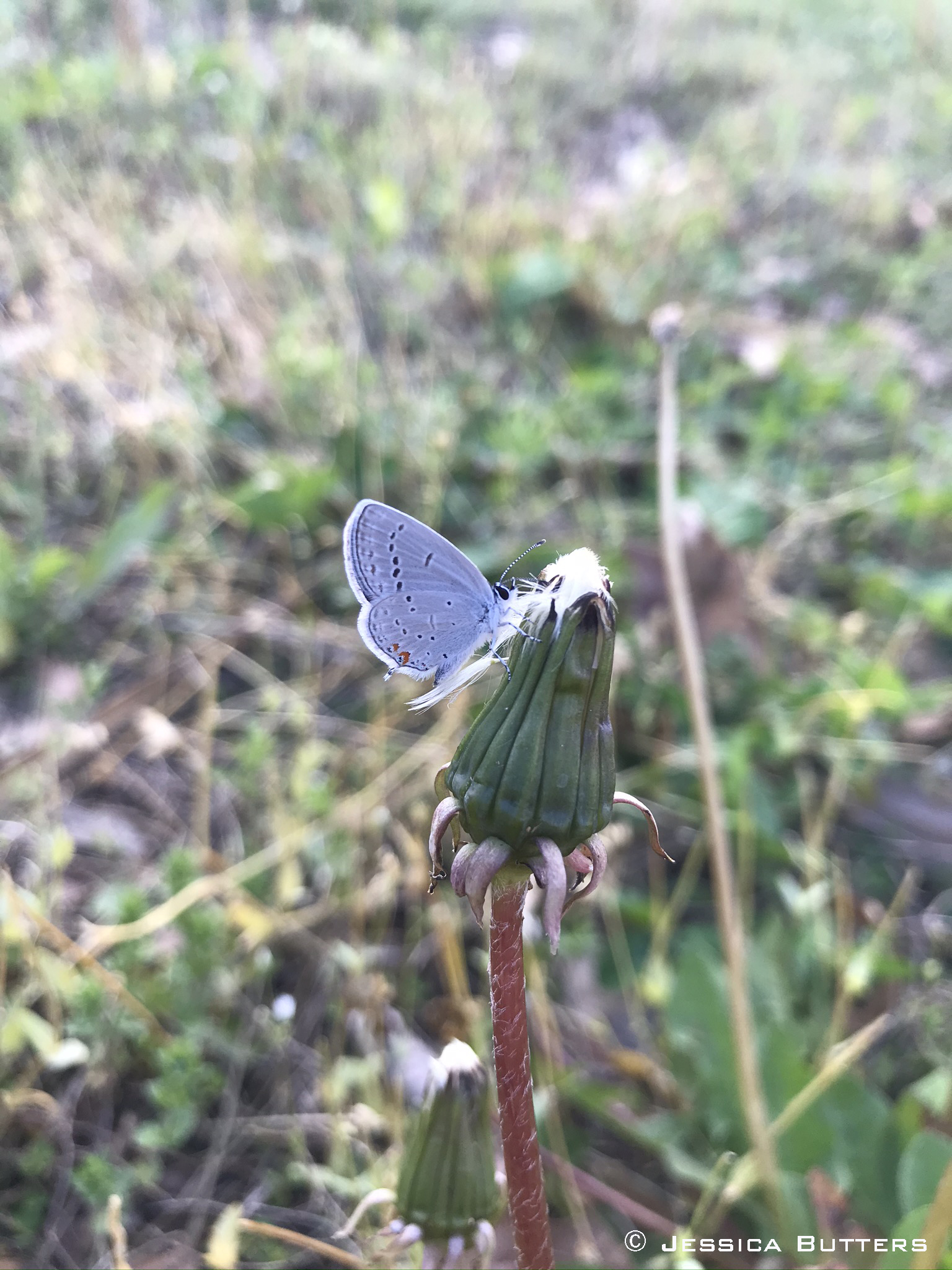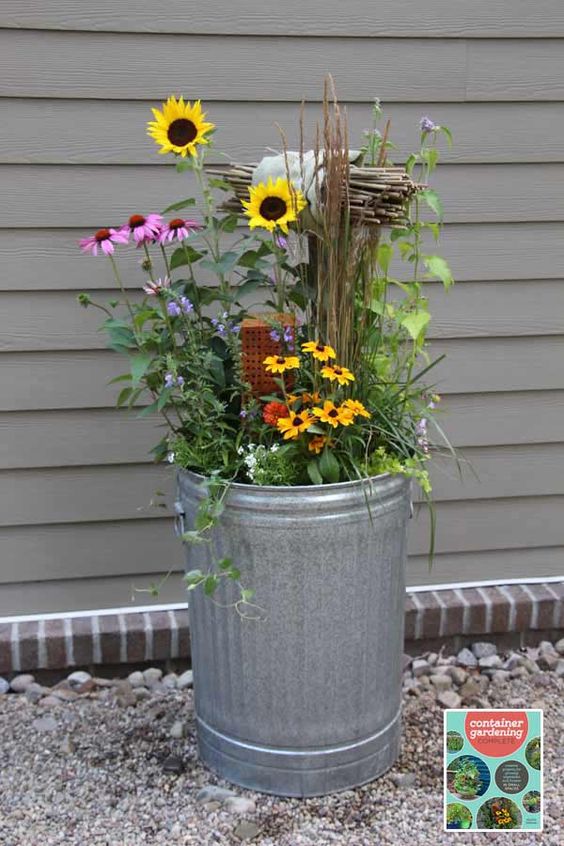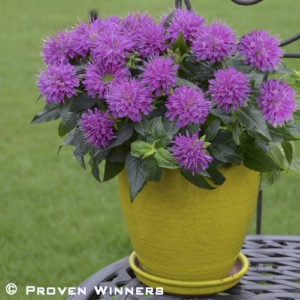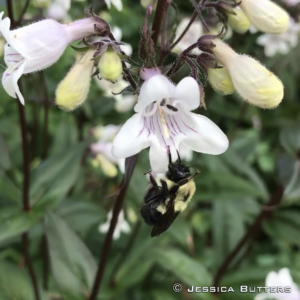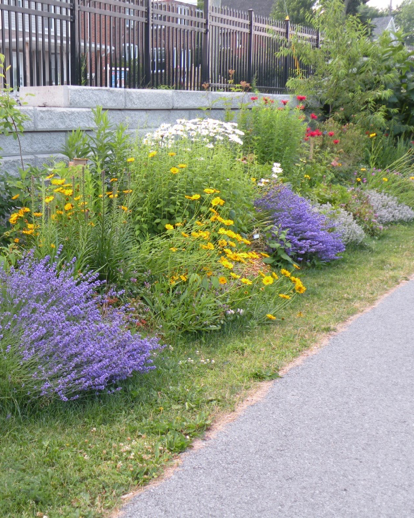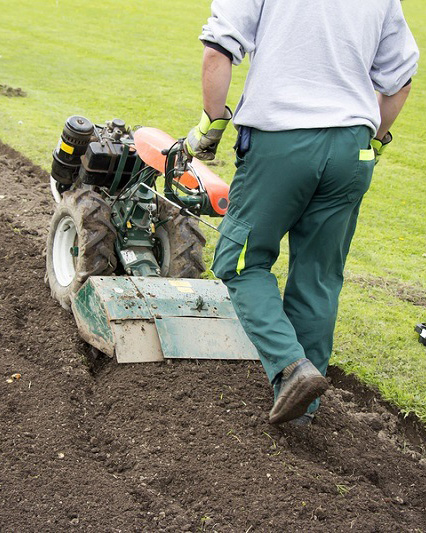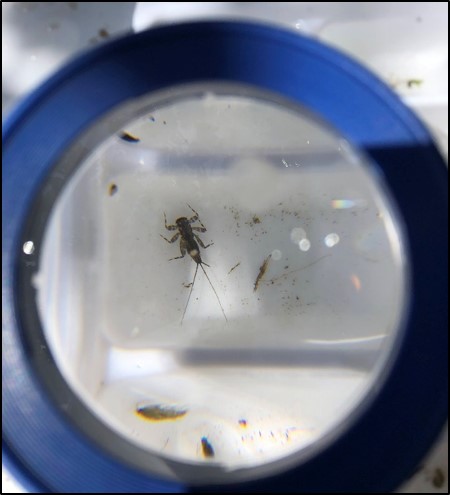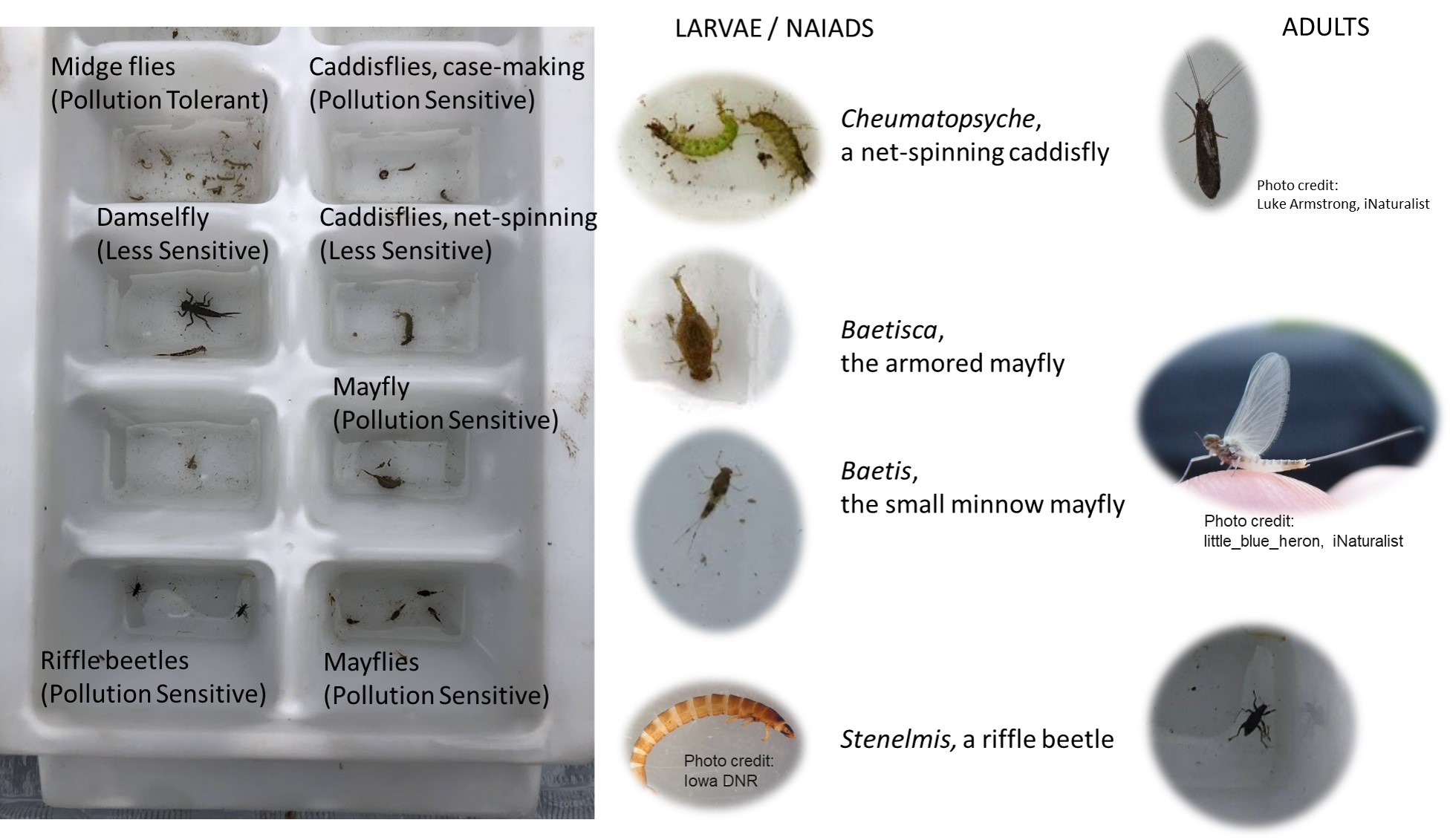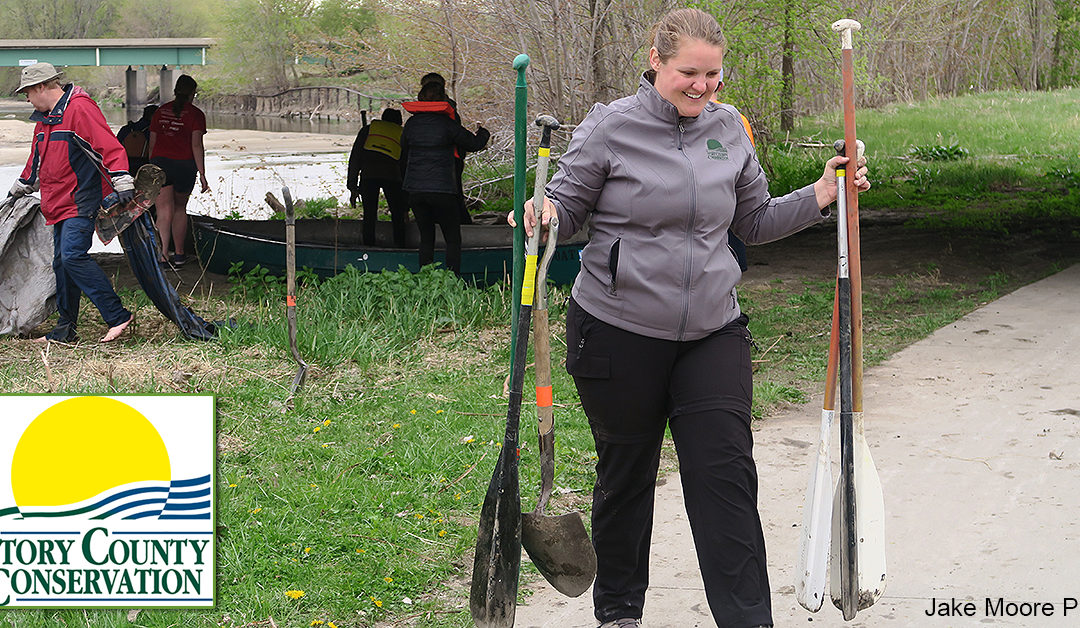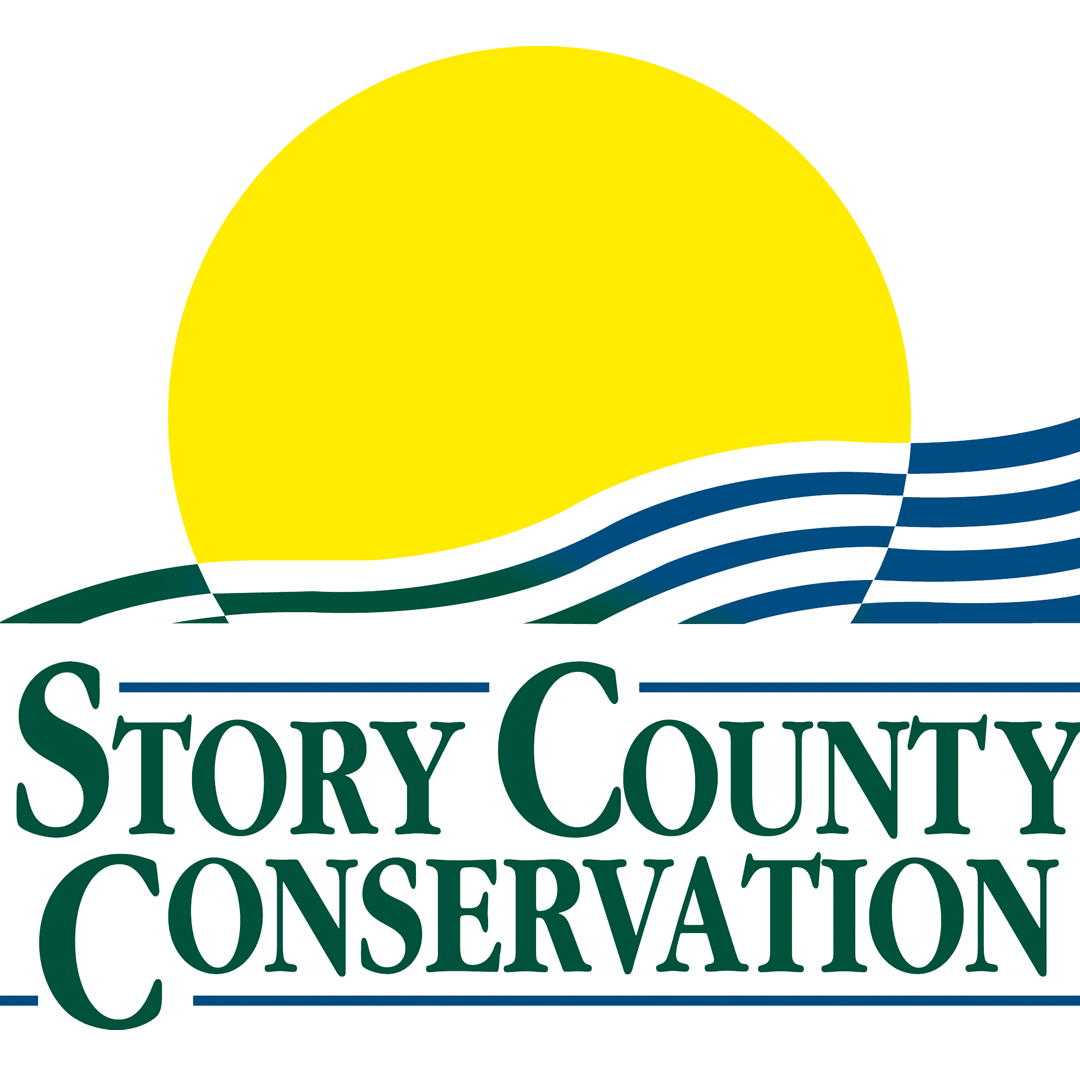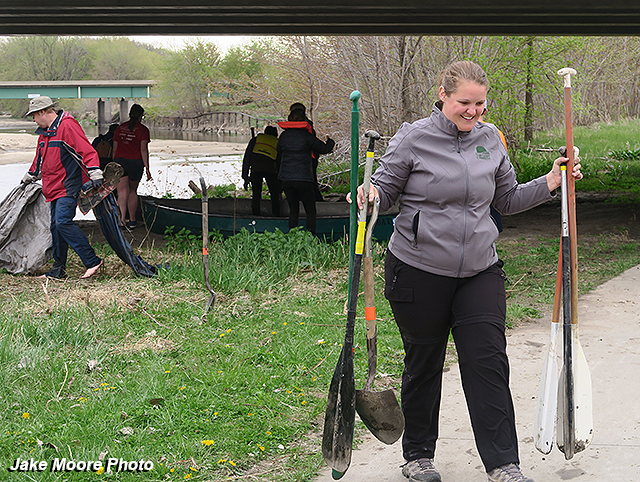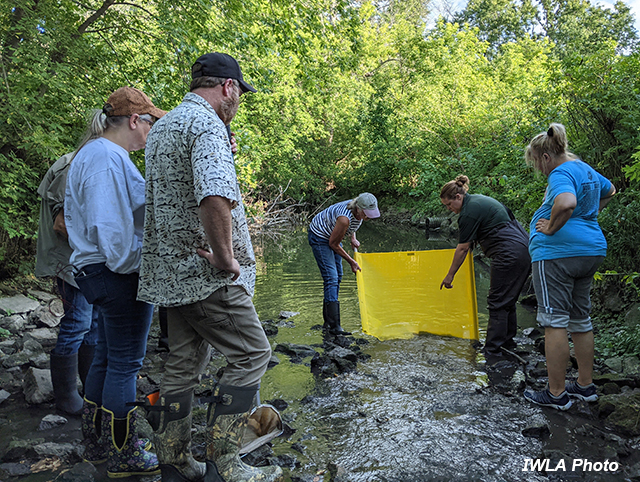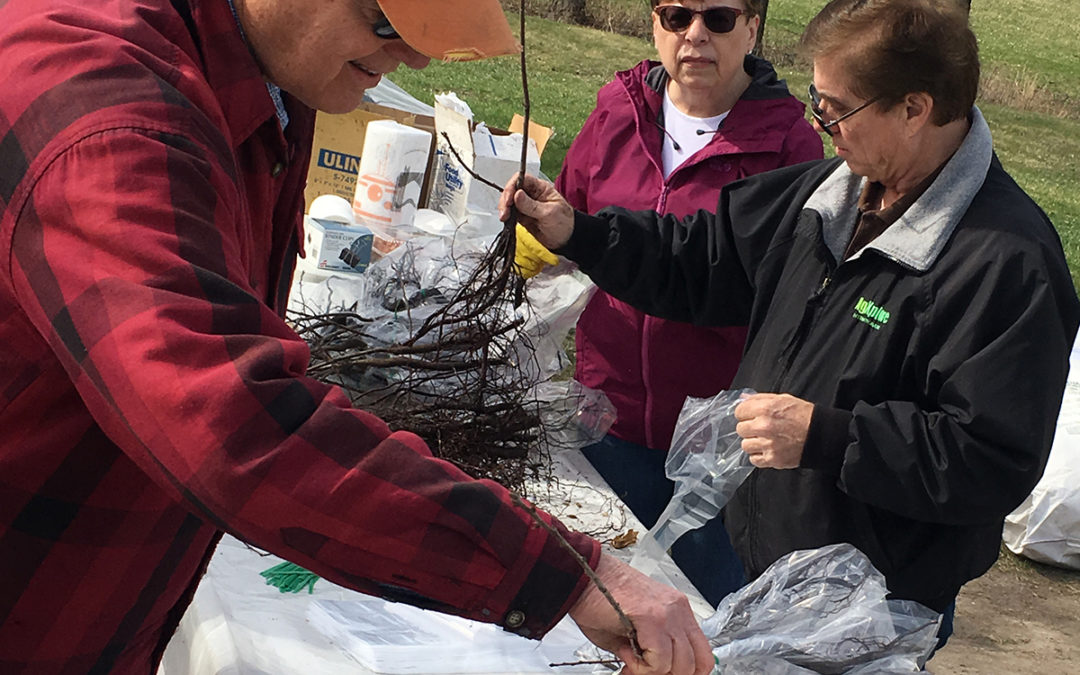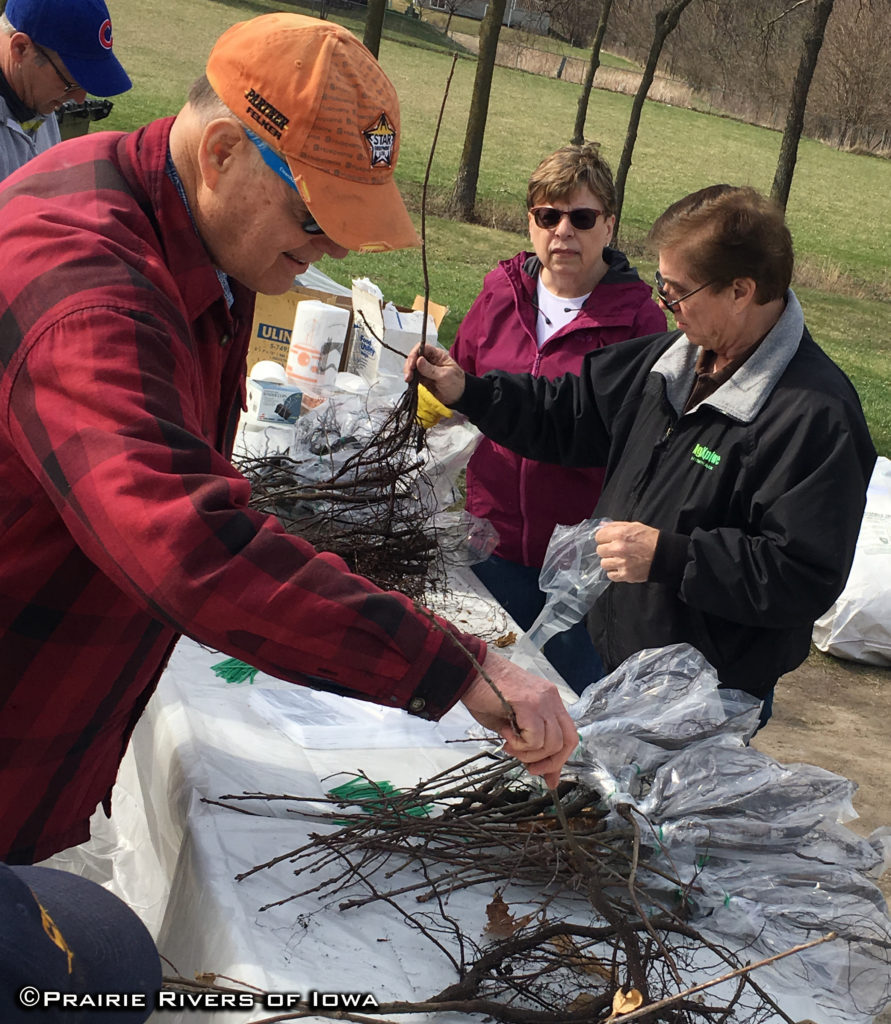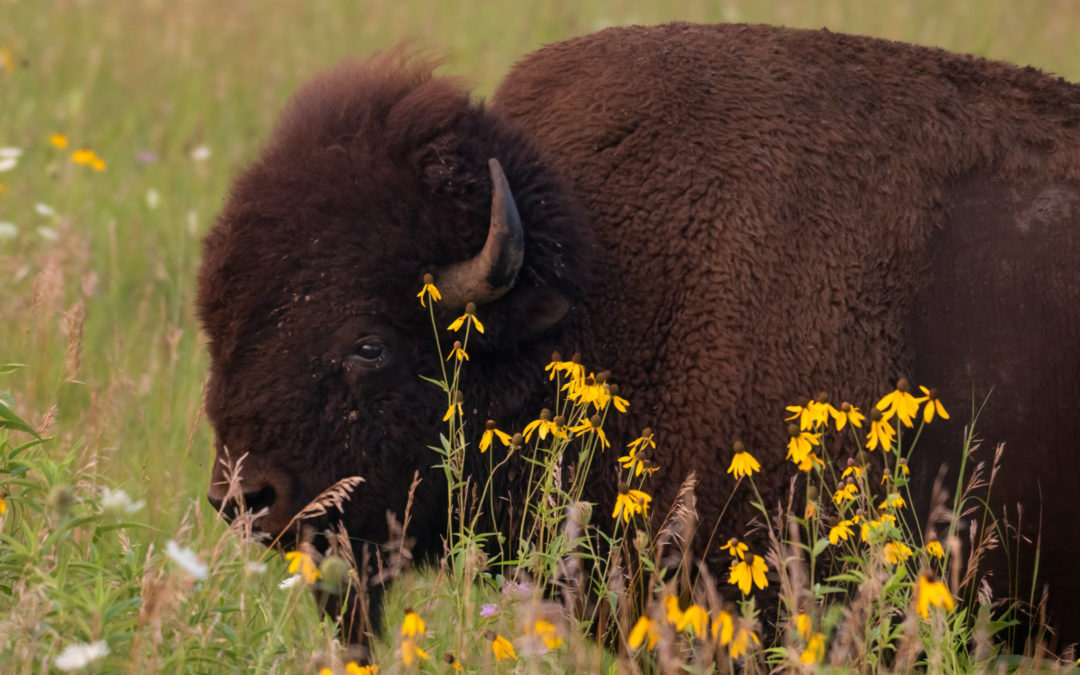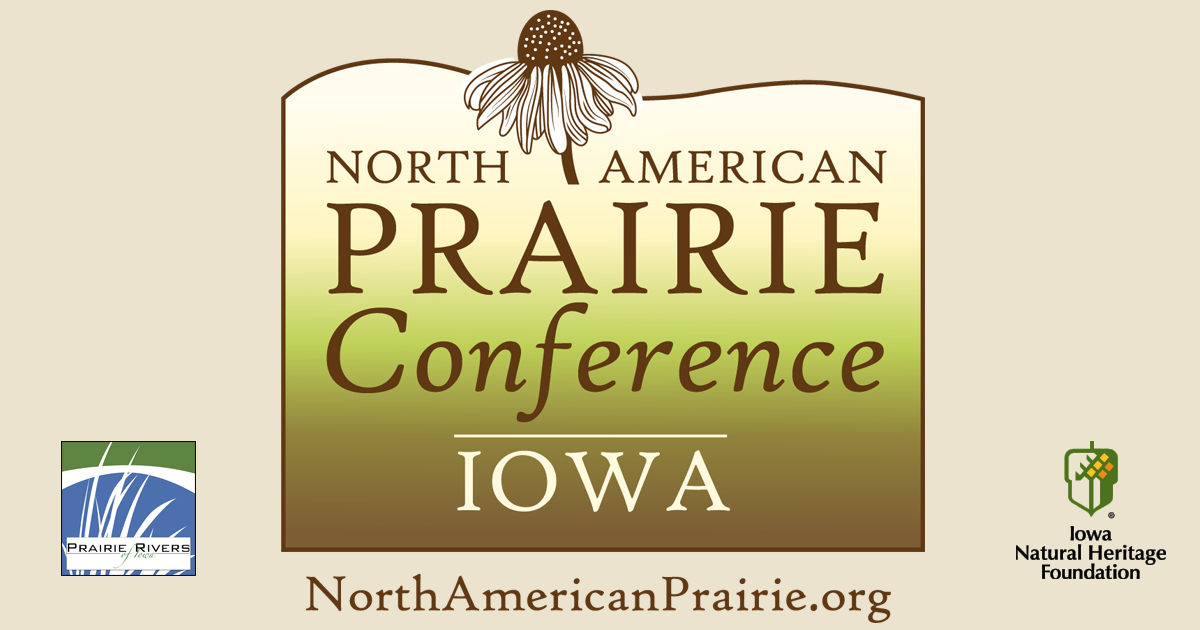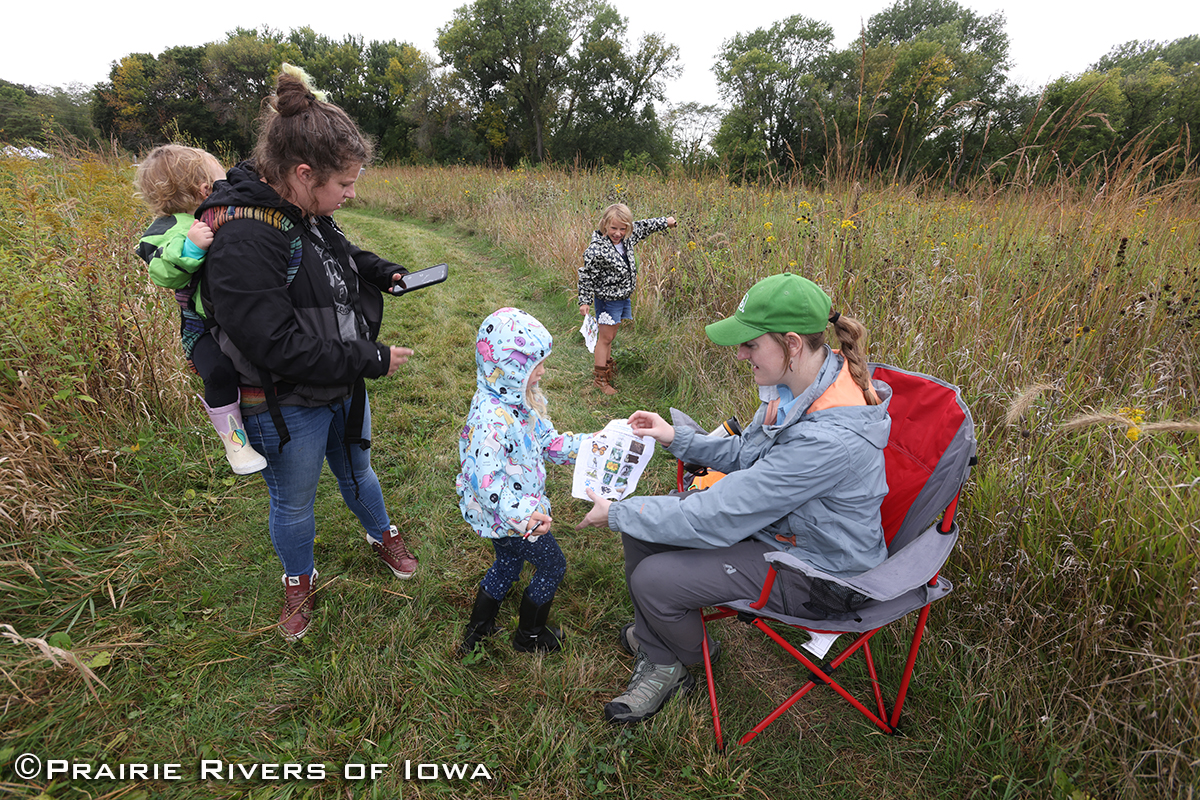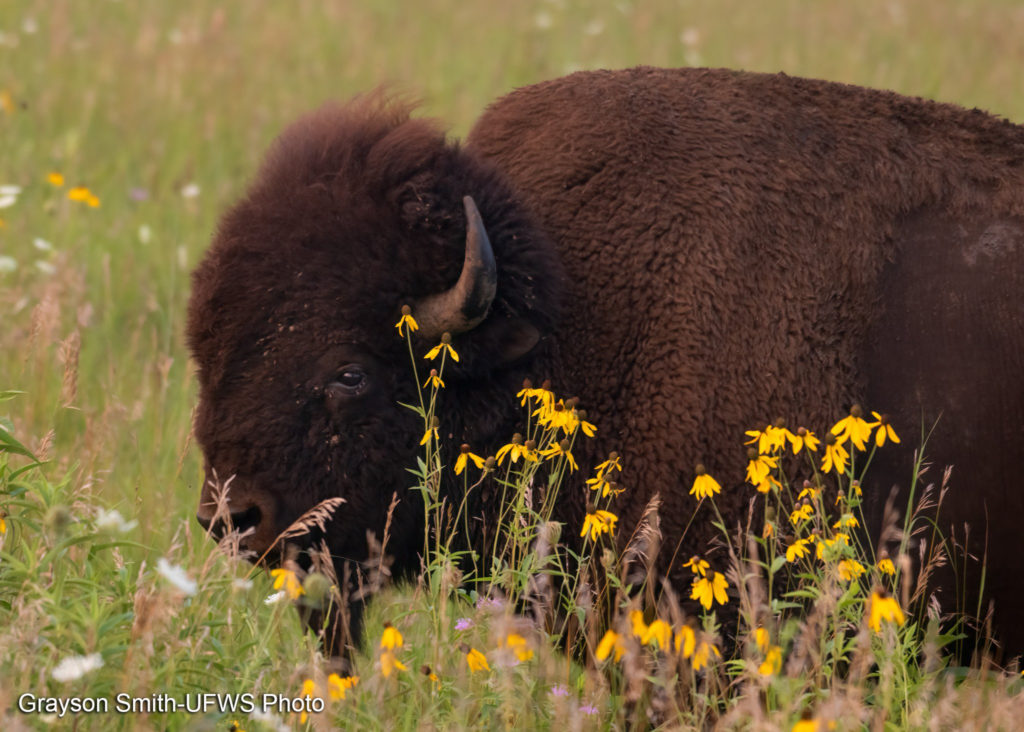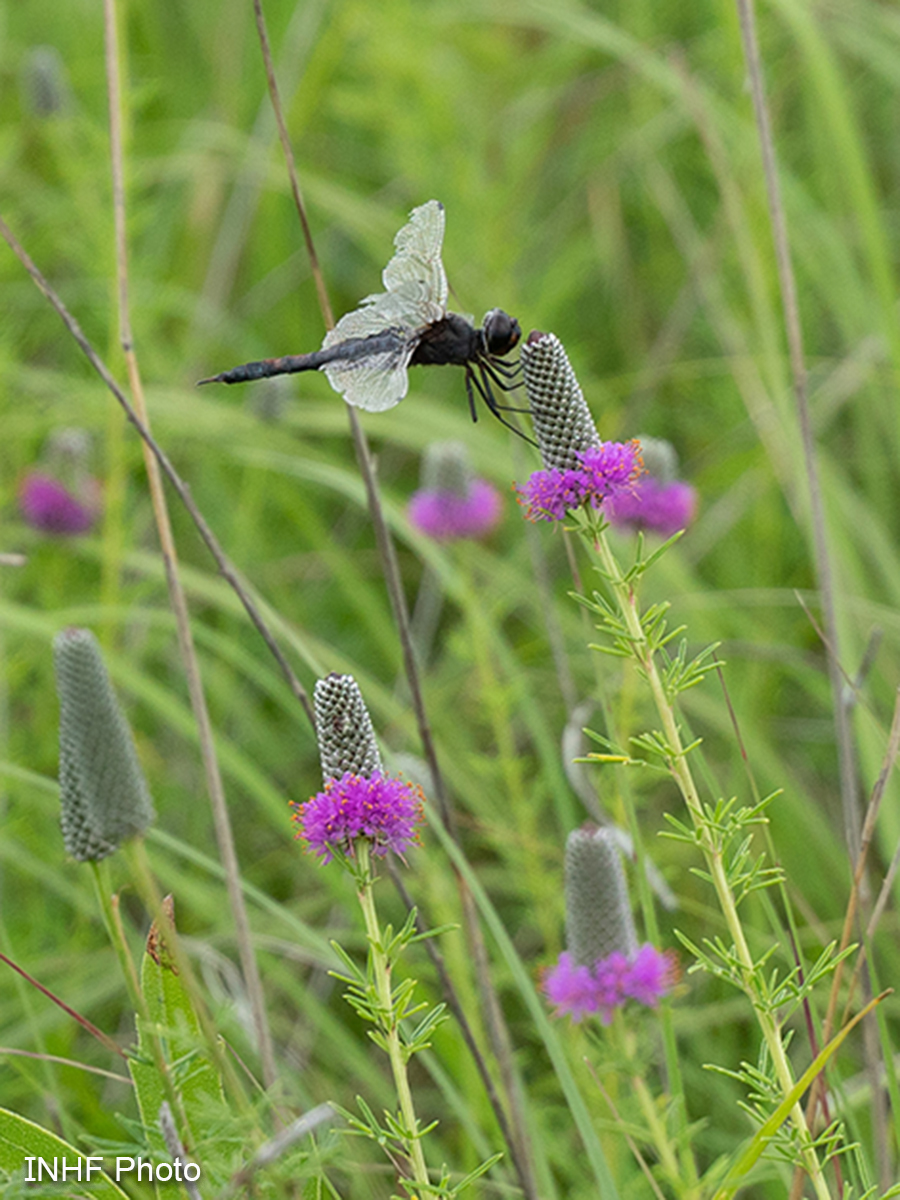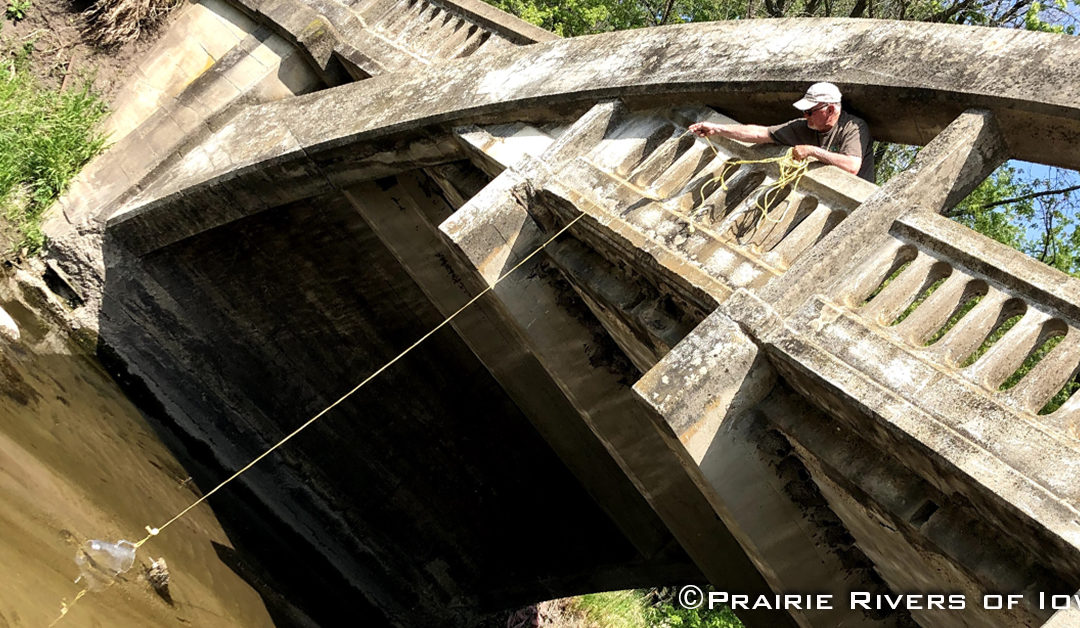
Highlights From the 2022 Monitoring Season
Our 2022 Annual Report for the Story County 10-Year Water Monitoring and Interpretation Plan shares findings from the third year of a locally-led effort to monitor water quality in streams and lakes across Story County, Iowa.
Visit here to view the full report.
The size of the volunteer program more than doubled in 2022.
- Story County Conservation provided 40 volunteers and staff with kits to monitor 54 lakes and streams. Over 800 data sheets were entered into the Izaak Walton League’s Clean Water Hub.
A coordinated volunteer event in May gave us a snapshot of water quality at over 150 sites in central Iowa.
- Streams in Story County tended to have higher nitrate, but lower chloride and phosphate than streams in neighboring Polk County.
Volunteers observed high nitrate at many sites this year and identified some streams with poor water quality that need further attention.
- Nitrate was as high as 20 mg/L at 74% of sites tested this year.
- West Indian Creek in Nevada has poor water quality by several metrics—including biological monitoring, dissolved oxygen, and phosphate.
- Chloride and phosphate are especially high during drought at sites downstream of wastewater treatment plants.
With laboratory support from the City of Ames, we now have three years of monthly data at 15 streams. By combining multiple years of data, we can look separately at wet and dry periods and narrow down likely pollution sources and effective conservation strategies.
- Ten out of eleven streams with enough data to evaluate in 2022 exceeded the primary contact recreation standard for coli bacteria. E. coli is especially high in West Indian Creek when water levels are normal, and in College Creek across all conditions.
- Nitrate tends to be highest in the Headwaters of the South Skunk River watershed when water levels are normal.
We have over 14 years of baseline data at several sites on the South Skunk River. By comparing recent data to the baseline, and making sure we’re comparing similar weather conditions, we can begin to see some encouraging trends.
- During wetter weather, nitrate was lower in 2020-2022 than during the baseline period at one of the sites. This could be related to conservation efforts in the Ioway Creek watershed.
- During drier weather, E. coli was lower in 2020-2022 than during the baseline period at one of the sites. This could be related to improvements to wastewater treatment systems in Ames and Gilbert.

